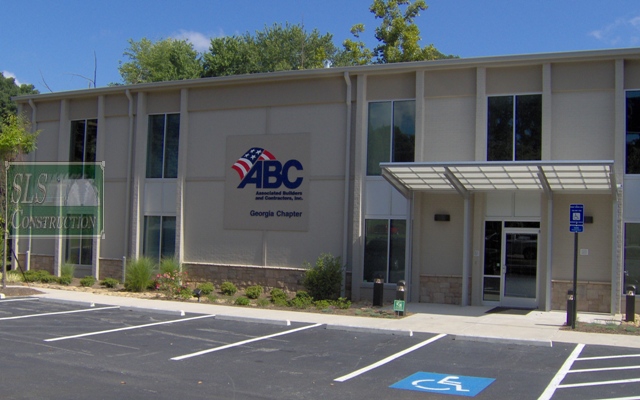
.jpg)
So, for example, when we talk of a house’s draftiness, we’re talking about the control of air flow.ģ. Controlling air flow is key to controlling energy consumption, ensuring indoor air quality, avoiding condensation, and providing comfort.Ĭontrol of air movement includes flow through the enclosure or through components of the building envelope itself, as well as into and out of the interior space. It’s essential in all climates, but cold climates and hot-humid climates are especially demanding.Ģ. Each component must be addressed to prevent unwanted transfer from causing expensive damage.

Moisture can and will impact your building over your head (roof), under your feet (basement/floor), and on your sides (walls). Moisture presents a distinct danger to the overall integrity of a building and must be taken into account. The most important element of the envelope’s control is its ability to regulate the transfer of moisture. The latter three-moisure, air and thermal-characterize the “control” functions of the building envelope, those facets that ensure a house is energy efficient, comfortable, and sustainable.ġ.


EPAĪll told, building envelope components work together to perform four basic, but critical functions: structural support, moisture management, temperature regulation, and air flow. Understanding Air Flow, Air Sealing and the Building Envelope | Image via U.S. It is all included within the building envelope concept.
#Building envelope certification windows
The building’s design must be measured and carried out meticulously to ensure that there are no open edges, cracks between the windows and walls and imperfections between the roof and the walls, or between the walls and the foundation. This is one of the main functions of construction because a well-constructed envelope is necessary to simply keep the structure standing. The way the foundation and walls are built is essential in creating a sturdy structure, or a base, for the rest of the building. Each part of the building envelope must be thought of as a collection of smaller pieces working together to provide structural support. While the building envelope is a silhouette of sorts, it’s important to remember that these are compounded layers. It’s the part of the house that you can draw a line around: the roof, the walls, and the foundation. It is the physical separator between the conditioned and unconditioned environment of a building including the resistance to air, water, heat, light, and noise transfer. Walls, roofs, windows, and doors all play a role, but really it’s the building envelope that makes this possible.Īt its simplest definition, the building envelope is the exterior or shell of a building that repels the elements.Īt its most complex definition, it’s an engineering system that meshes elements such as structural integrity, moisture control, temperature control, and air pressure boundaries into a single design strategy. We use sunscreen when exposed to summer’s intense UV rays.Īnd yet, we expect our homes to provide thermal comfort and protection from the natural elements, at a consistent 74-degrees, every day. Our perception of comfort is quite adaptive and is based on circumstance, the expectation of environmental conditionals and activities. In this post, we demystify the building envelope, helping builders and contractors identify weak spots in building tightness in order to improve air sealing, and create more structures that are sustainable, cost-effective and comfortable in all conditions.īy nature, we do not expect our environment to maintain a consistent, 74-degree-Fahrenheit, 50% humidity, climate. What is the Building Envelope and why does it matter? How can it fail? What role does tape play in air sealing?


 0 kommentar(er)
0 kommentar(er)
